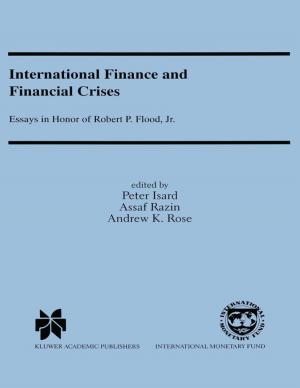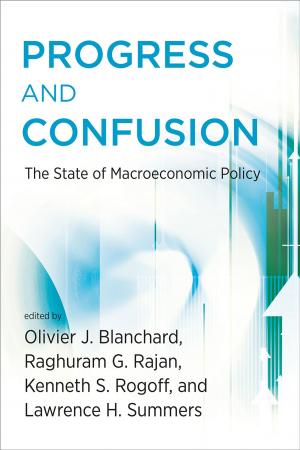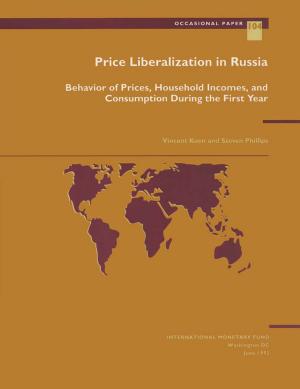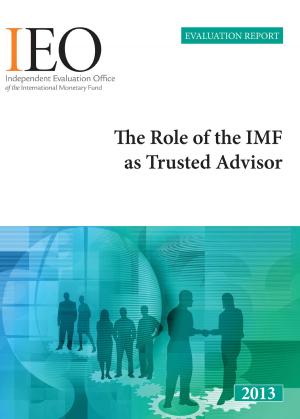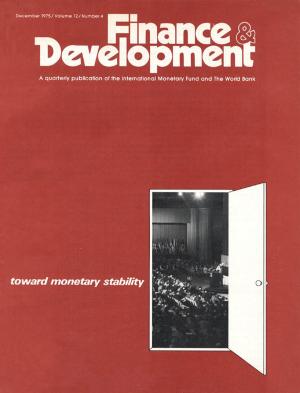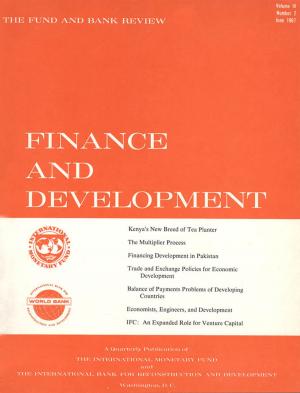Ireland
Lessons from Its Recovery from the Bank-Sovereign Loop
Business & Finance, Finance & Investing, Banks & Banking| Author: | INTERNATIONAL MONETARY FUND | ISBN: | 9781513584553 |
| Publisher: | INTERNATIONAL MONETARY FUND | Publication: | November 4, 2015 |
| Imprint: | Language: | English |
| Author: | INTERNATIONAL MONETARY FUND |
| ISBN: | 9781513584553 |
| Publisher: | INTERNATIONAL MONETARY FUND |
| Publication: | November 4, 2015 |
| Imprint: | |
| Language: | English |
Ireland’s major property bubble burst at the same time as the global financial crisis erupted, plunging the country into a severe recession in 2008–10. Public debt climbed rapidly as revenues collapsed and as banks’ rising loan losses increasingly required public support. Following the Greek crisis in spring 2010 and emerging tensions in the euro area, the last act in the process saw the operation of the “sovereign-bank loop”—a vicious cycle where uncertainty about banks’ health fed into doubts around the sustainability of public debt, which only added to fears about the banks. The government lost access to market financing at manageable interest rates, and Ireland entered into a three-year program supported by €67.5 billion of financial assistance from the European Union (EU) and IMF in late 2010. Ireland’s program therefore had three main goals: restoring the viability of the banking system; putting the public finances on a sustainable path and returning to market funding; and restarting economic recovery including by improving growth potential. A large bank recapitalization in early 2011 helped stabilize deposits and other bank funding. The government’s access to market financing was progressively regained from mid 2012, enabling Ireland to exit the program at the end of 2013 and rely fully on market financing at highly favorable terms. The first signs of recovery were seen in strong job creation starting in the second half of 2012, and Ireland’s recent economic figures have surpassed even the most optimistic expectations, with growth of about 5 percent in 2014. Seeking to draw lessons for Ireland, the EU, and the IMF, as well as other countries facing similar challenges, the Central Bank of Ireland (CBI), the Centre for Economic Policy and Research (CEPR), and the IMF organized a conference titled “Ireland—Lessons from Its Recovery from the Bank-Sovereign Loop.” Held on January 19, 2015, at the historic Dublin Castle, it brought together Irish government representatives, European officials, academics, journalists, private sector representatives, and other stakeholders, as well as the IMF’s Managing Director. The conference discussions were anchored by three papers by leading international academics and moderated by journalists familiar with the issues. The event concluded with a high-level panel discussion by senior policymakers.
Ireland’s major property bubble burst at the same time as the global financial crisis erupted, plunging the country into a severe recession in 2008–10. Public debt climbed rapidly as revenues collapsed and as banks’ rising loan losses increasingly required public support. Following the Greek crisis in spring 2010 and emerging tensions in the euro area, the last act in the process saw the operation of the “sovereign-bank loop”—a vicious cycle where uncertainty about banks’ health fed into doubts around the sustainability of public debt, which only added to fears about the banks. The government lost access to market financing at manageable interest rates, and Ireland entered into a three-year program supported by €67.5 billion of financial assistance from the European Union (EU) and IMF in late 2010. Ireland’s program therefore had three main goals: restoring the viability of the banking system; putting the public finances on a sustainable path and returning to market funding; and restarting economic recovery including by improving growth potential. A large bank recapitalization in early 2011 helped stabilize deposits and other bank funding. The government’s access to market financing was progressively regained from mid 2012, enabling Ireland to exit the program at the end of 2013 and rely fully on market financing at highly favorable terms. The first signs of recovery were seen in strong job creation starting in the second half of 2012, and Ireland’s recent economic figures have surpassed even the most optimistic expectations, with growth of about 5 percent in 2014. Seeking to draw lessons for Ireland, the EU, and the IMF, as well as other countries facing similar challenges, the Central Bank of Ireland (CBI), the Centre for Economic Policy and Research (CEPR), and the IMF organized a conference titled “Ireland—Lessons from Its Recovery from the Bank-Sovereign Loop.” Held on January 19, 2015, at the historic Dublin Castle, it brought together Irish government representatives, European officials, academics, journalists, private sector representatives, and other stakeholders, as well as the IMF’s Managing Director. The conference discussions were anchored by three papers by leading international academics and moderated by journalists familiar with the issues. The event concluded with a high-level panel discussion by senior policymakers.



